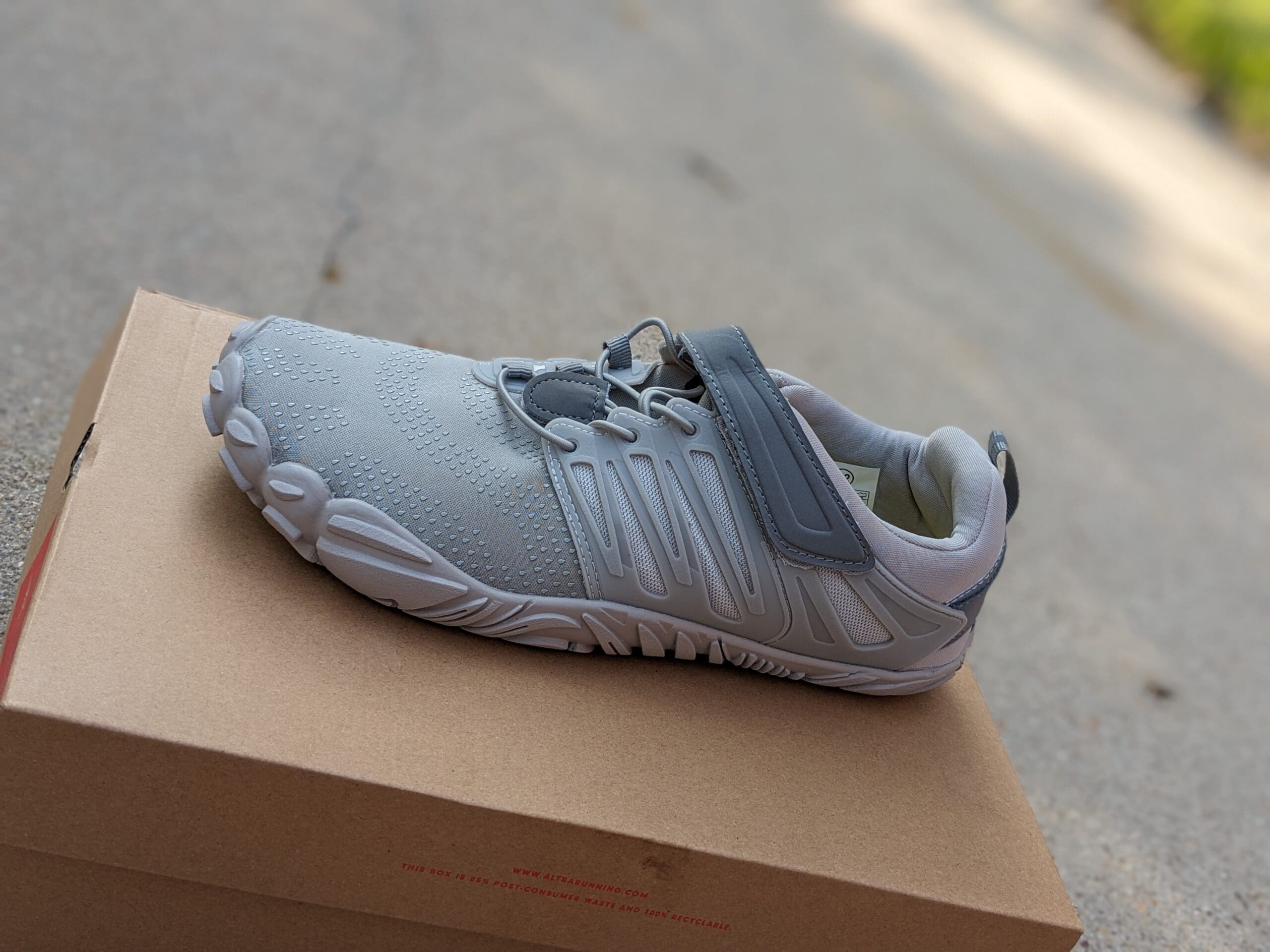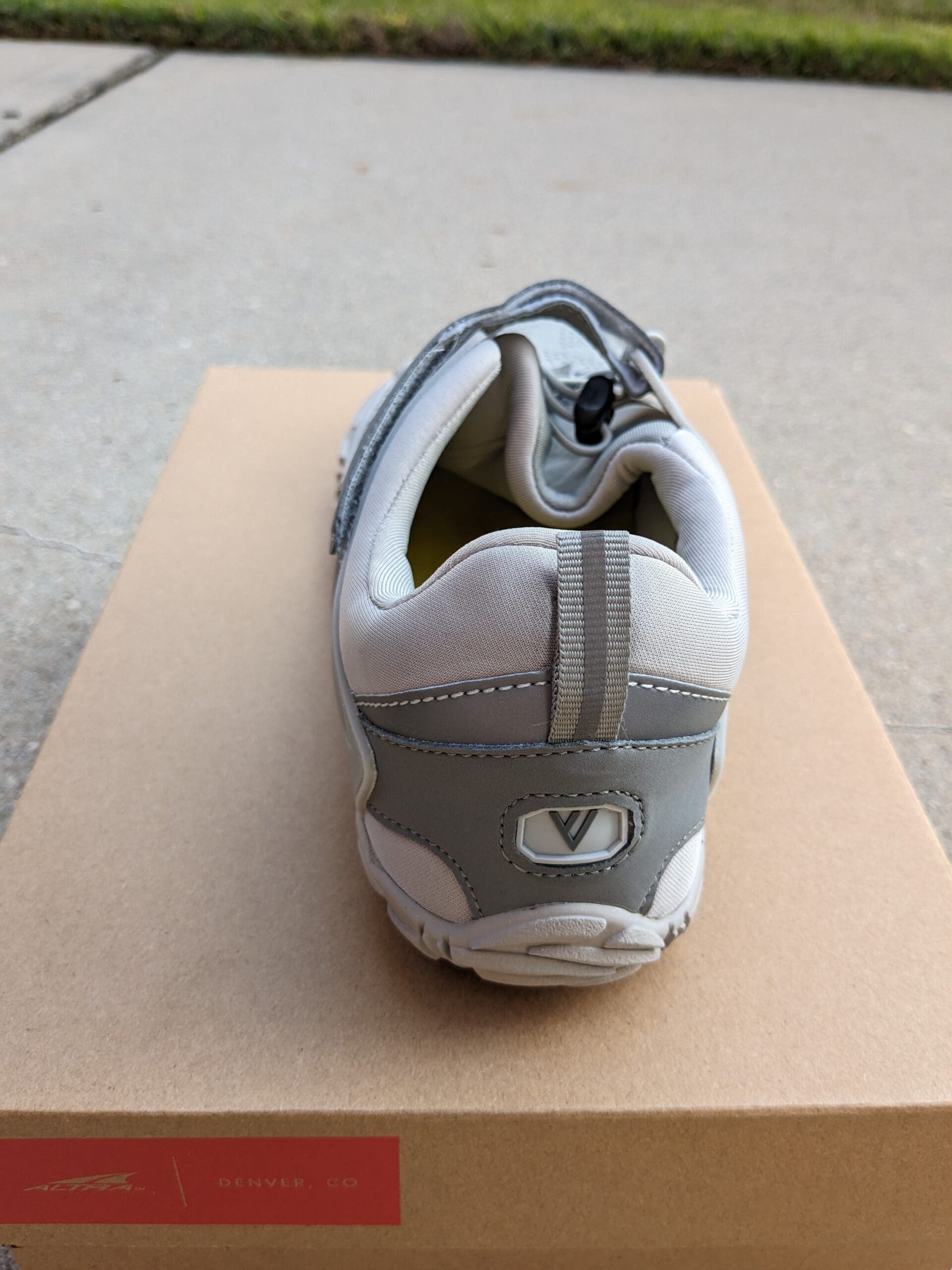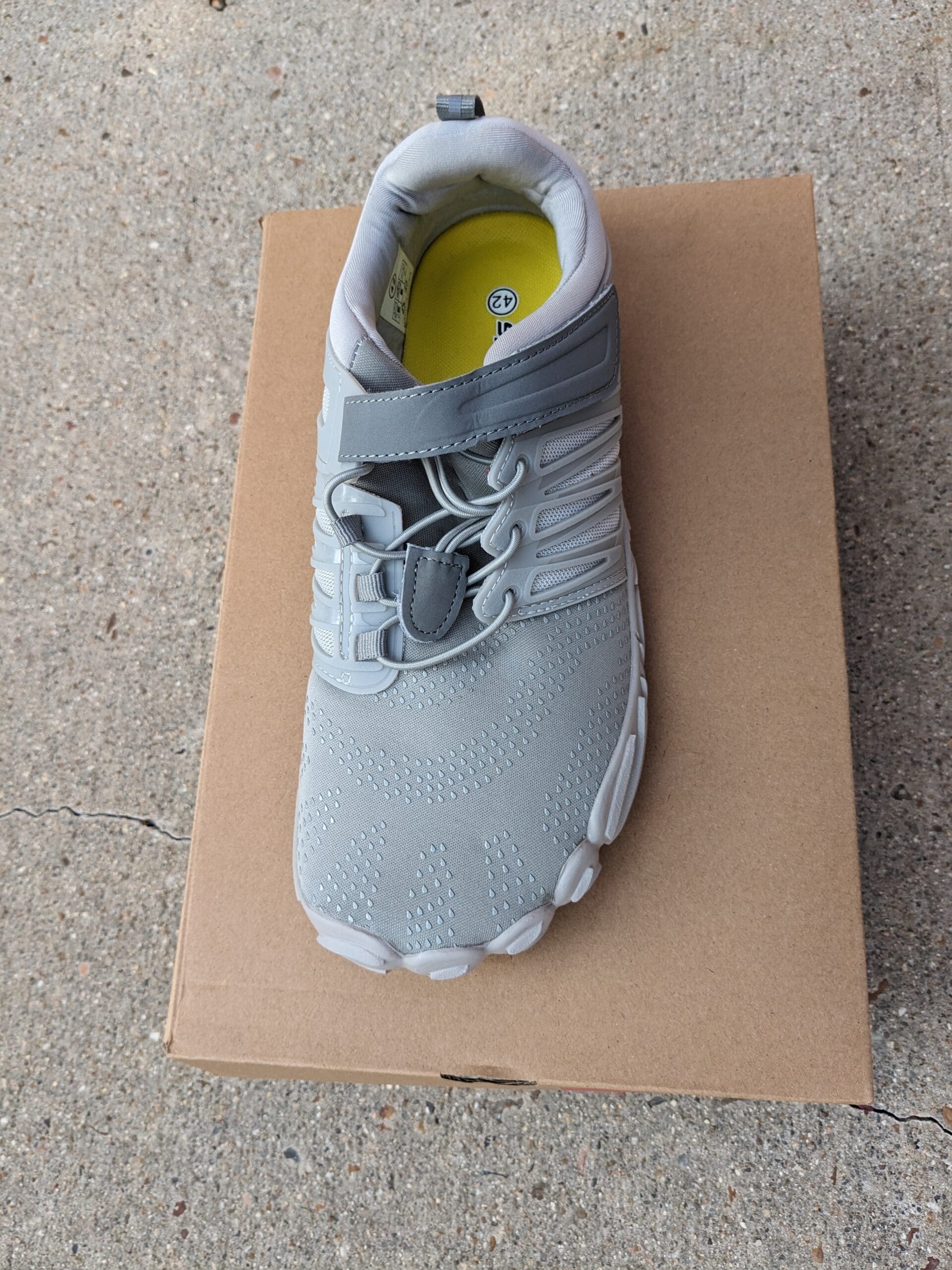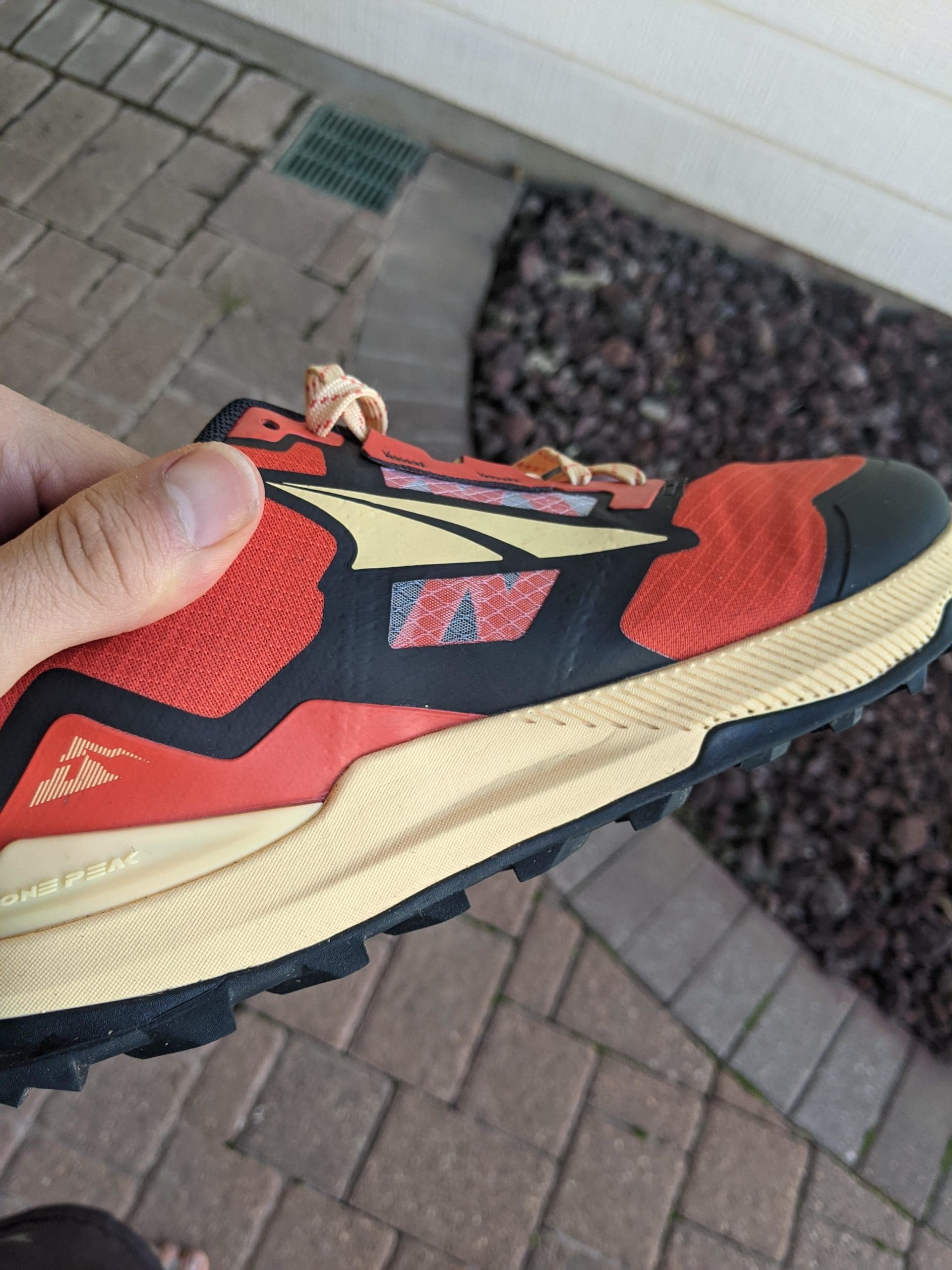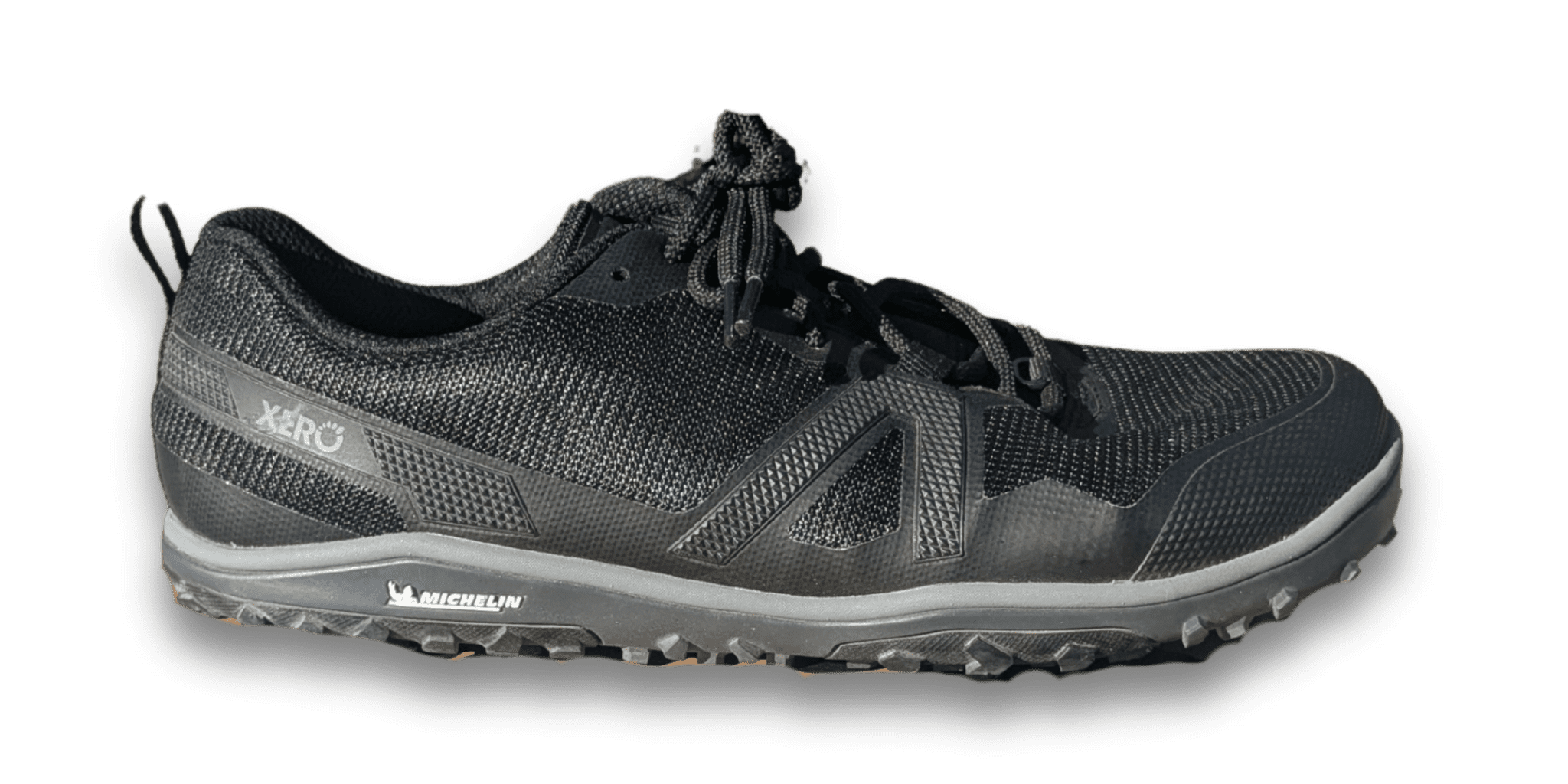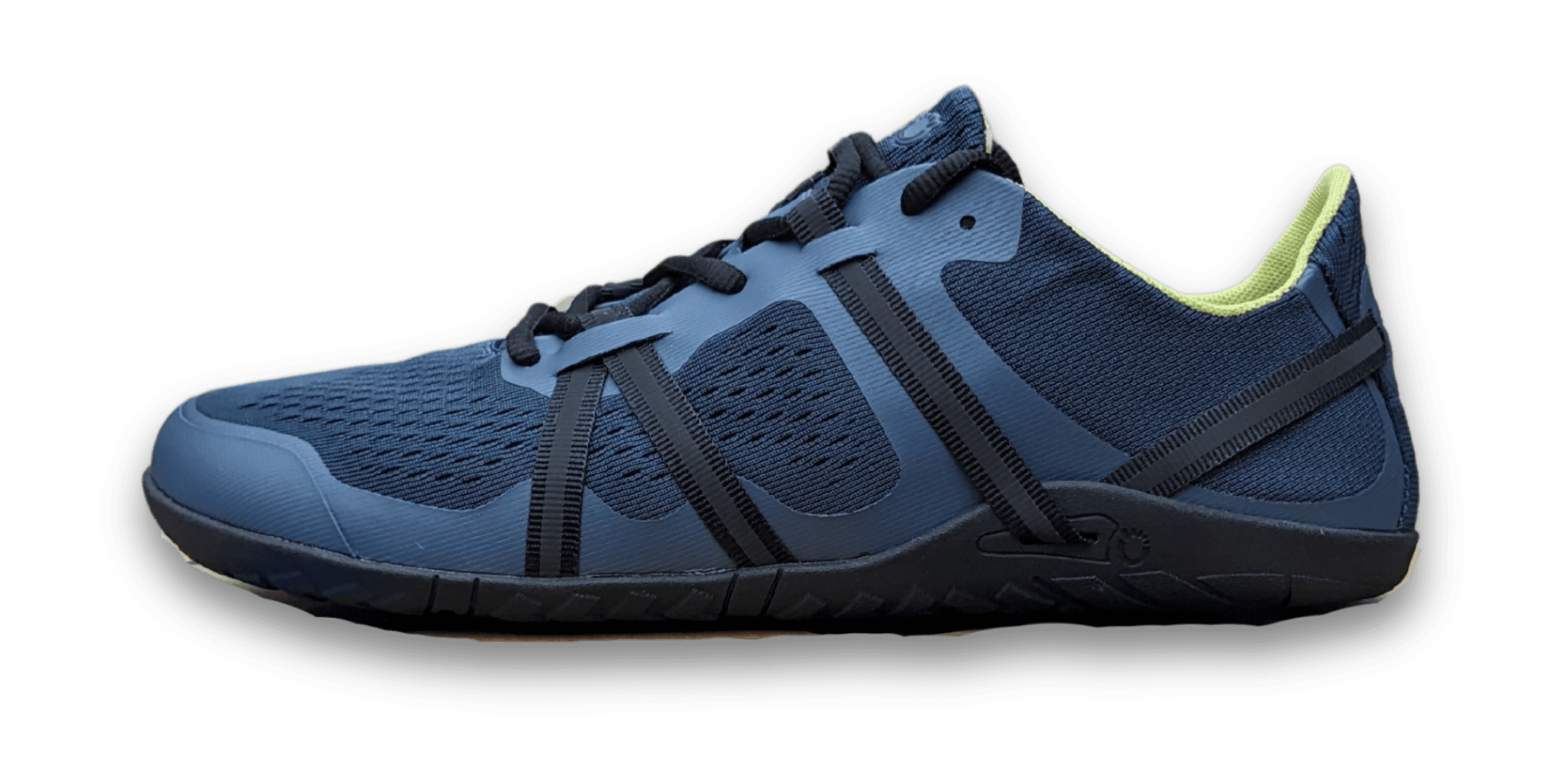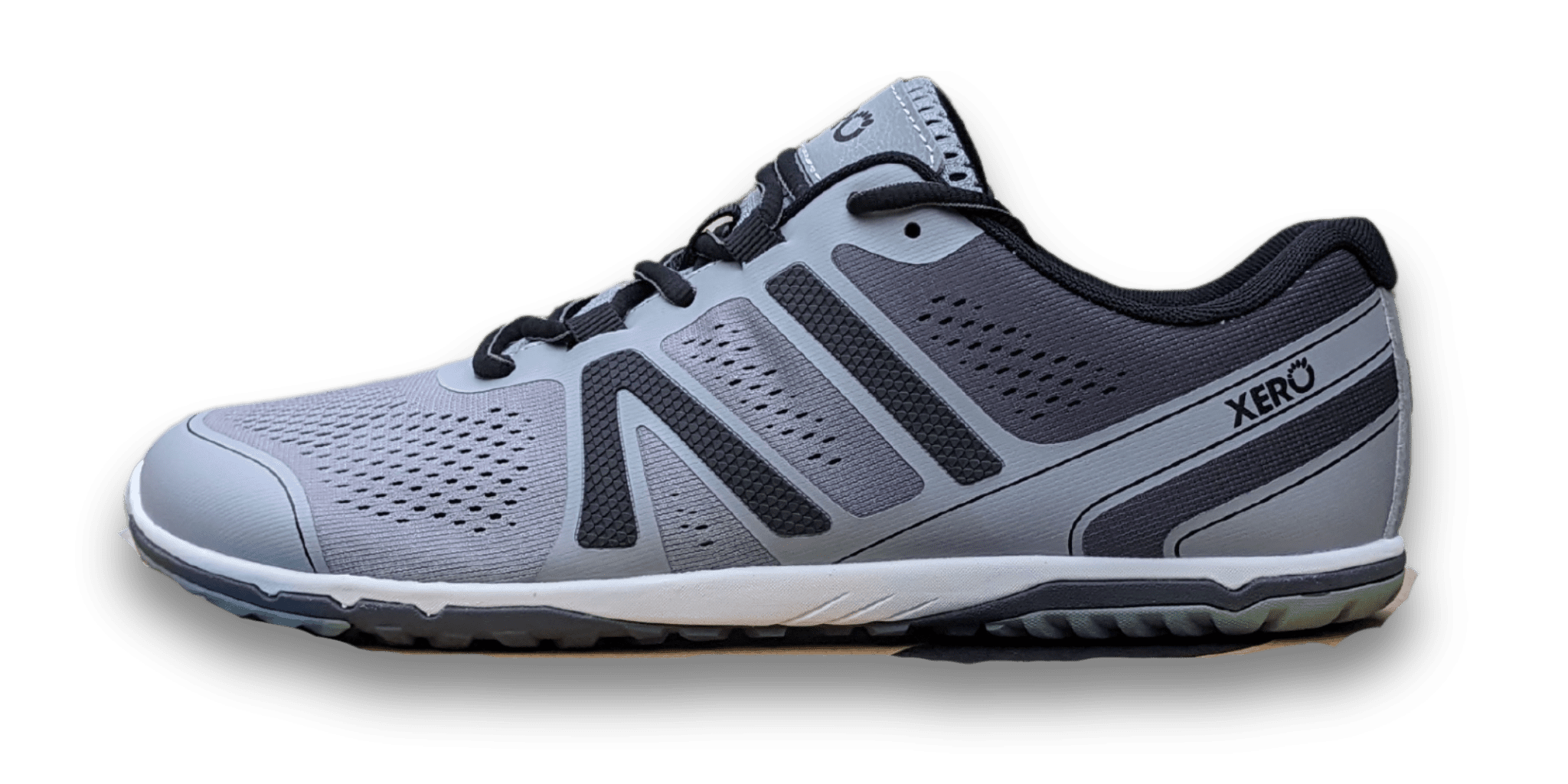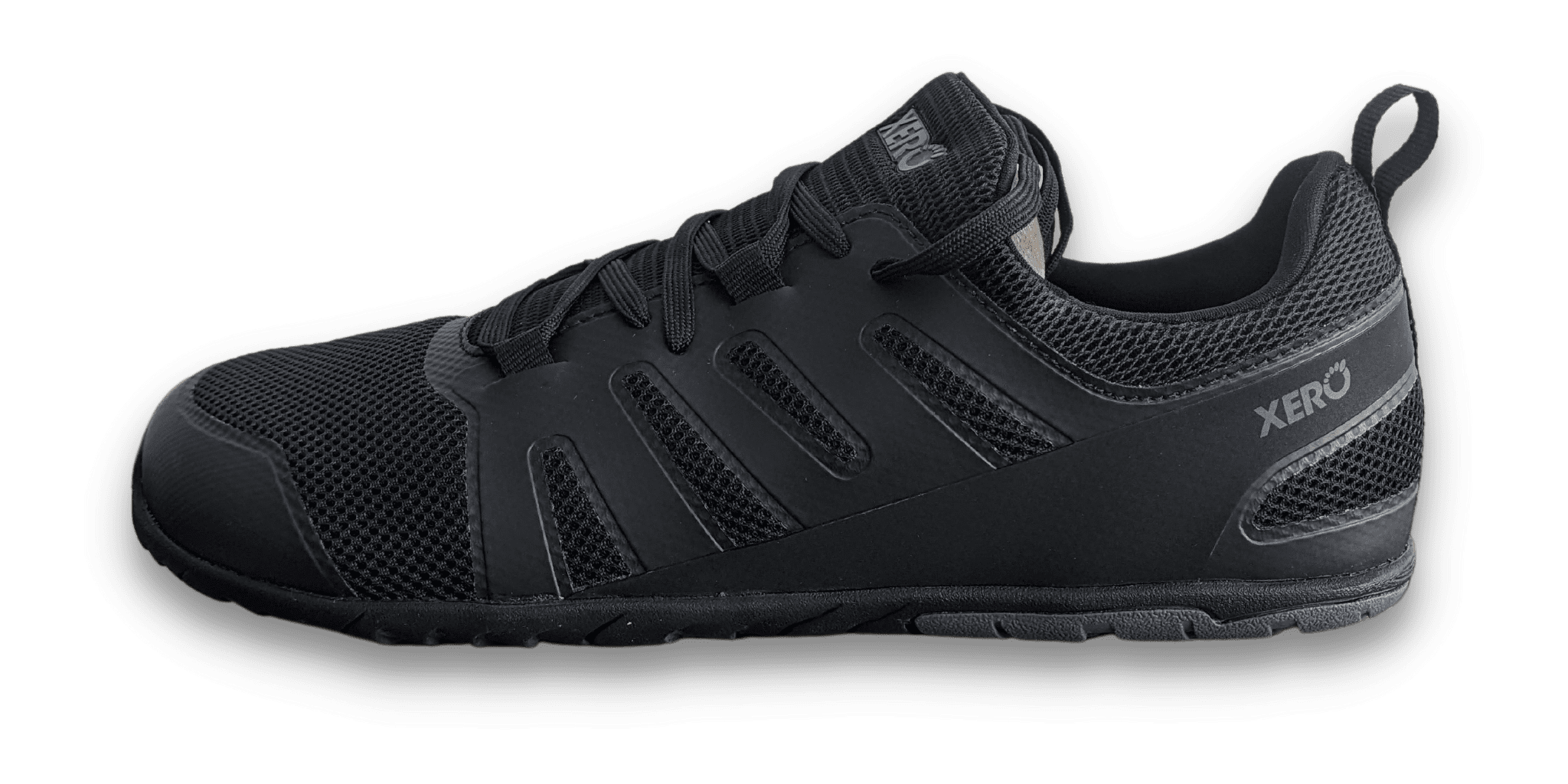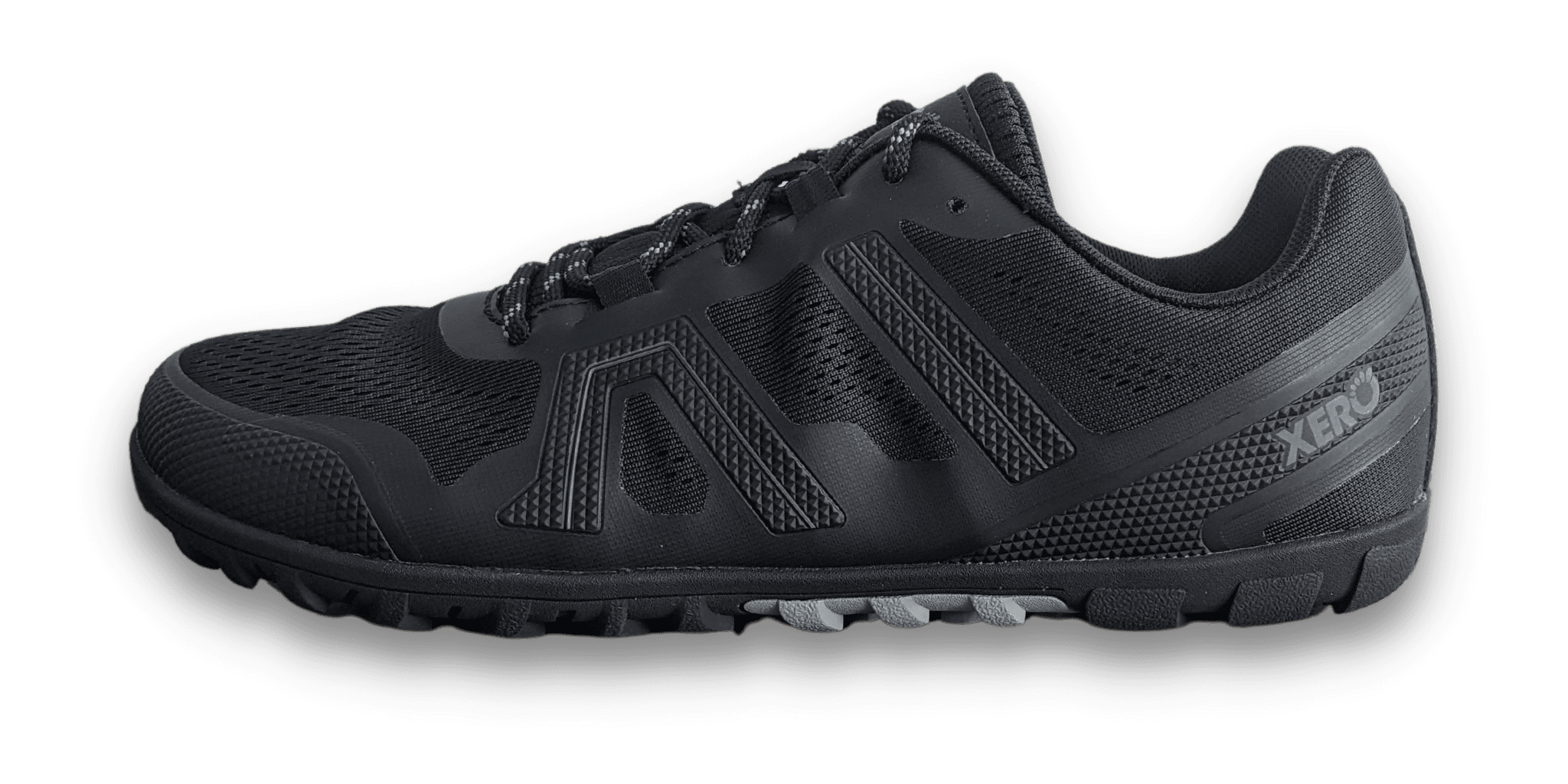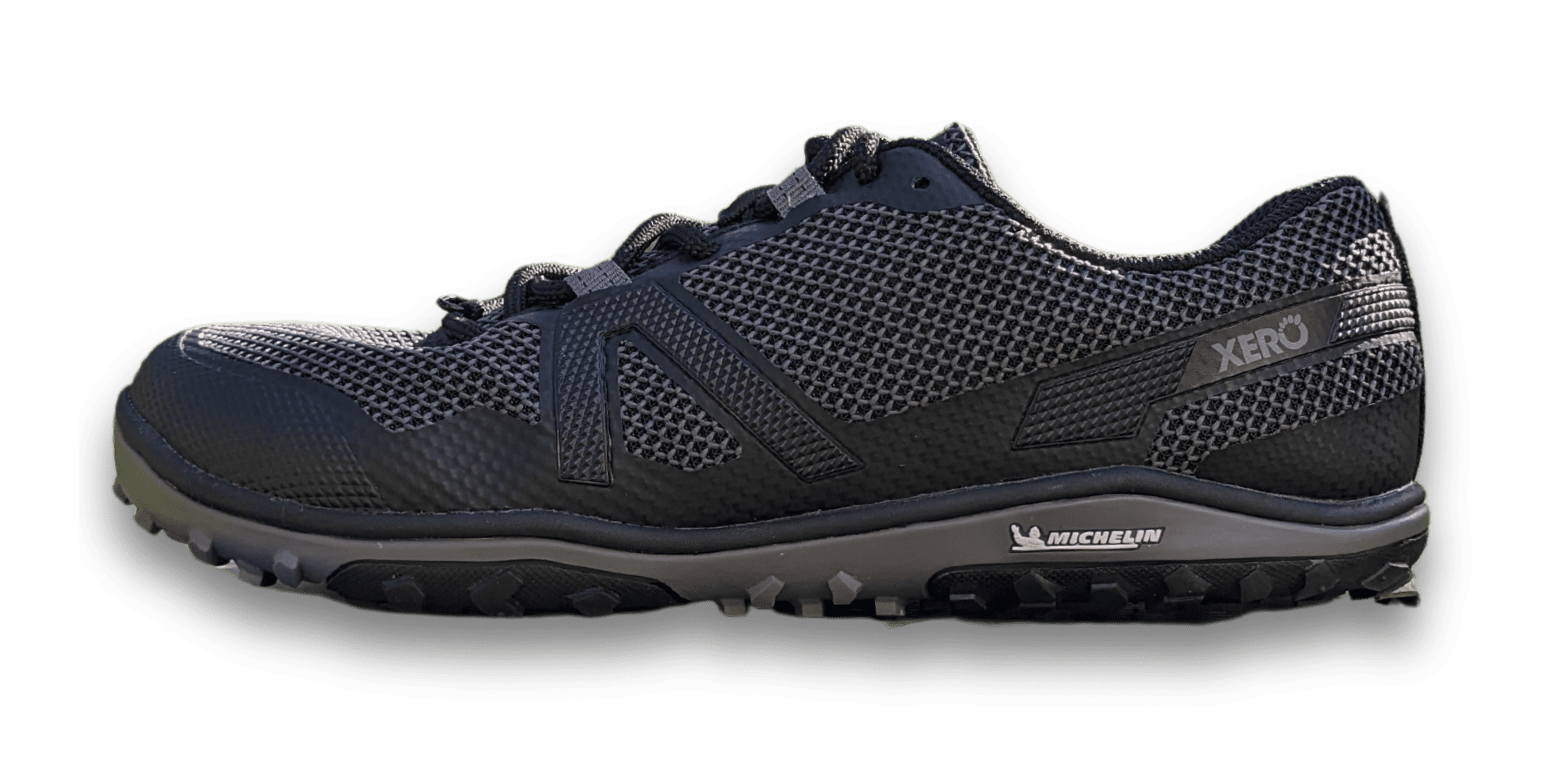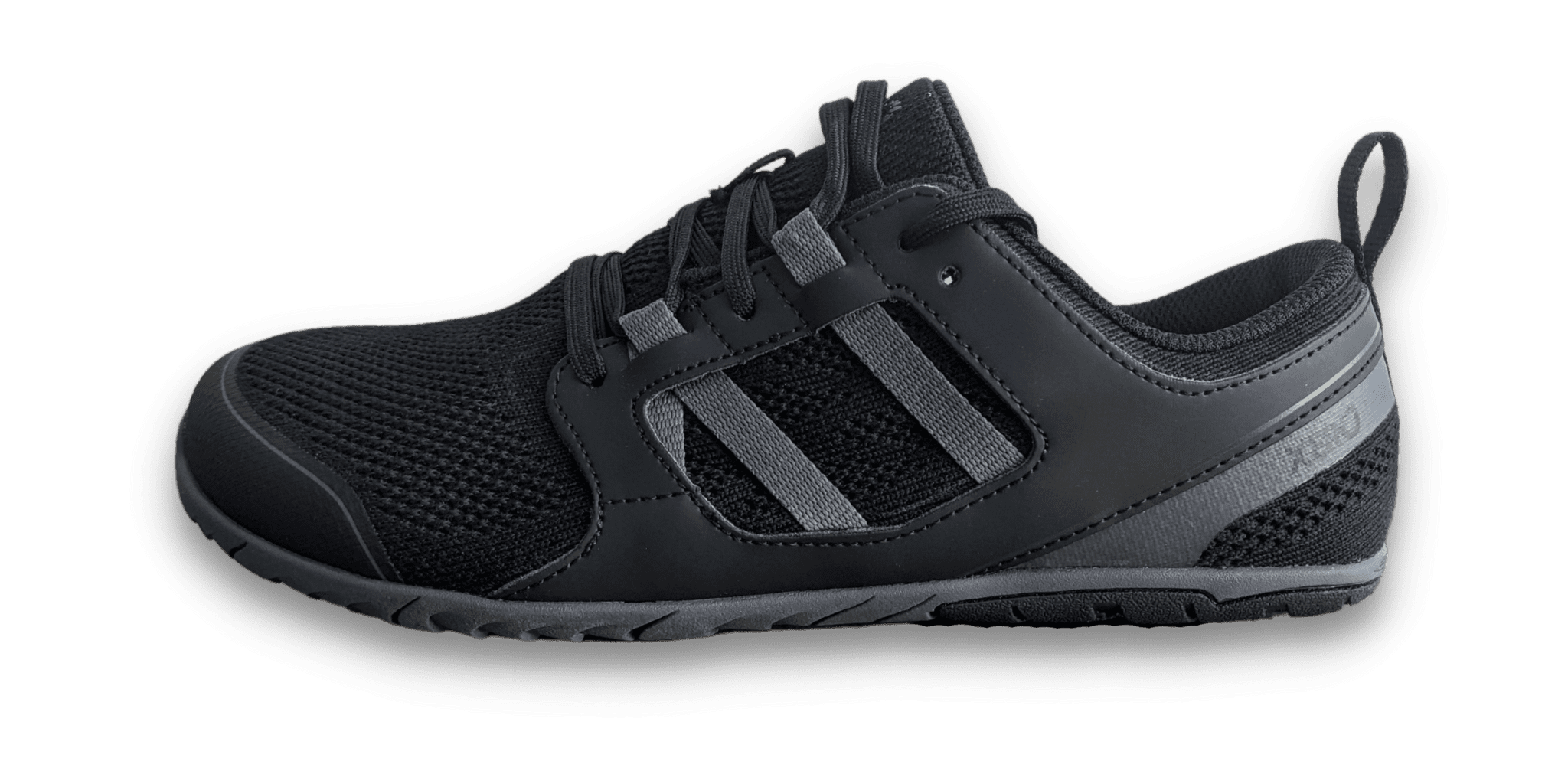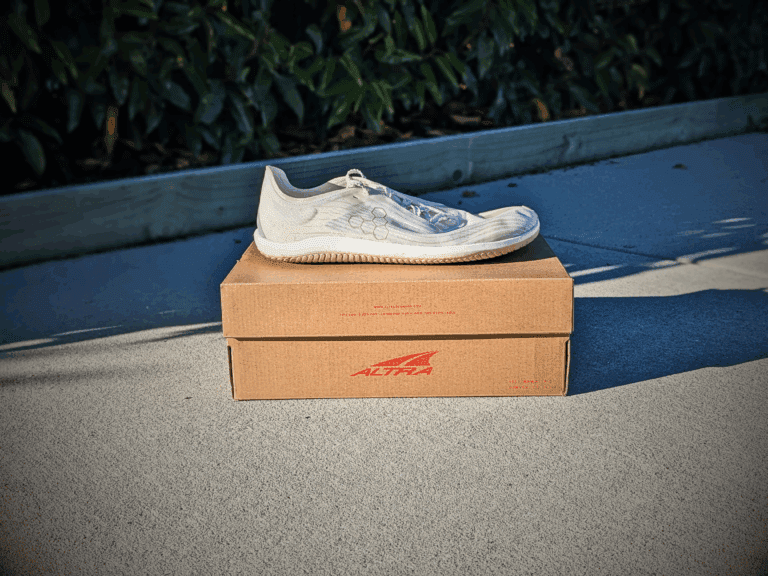Many of you have asked, so here it is. A WHITIN barefoot running shoe review! The cheap alternative to the big brand minimal shoes!
I get it. Vivobarefoot shoes are expensive, and Xero Shoes can be, depending on the time of year.
But are you really saving money by opting for the cheap alternative, or will the big brands far outlast the budget-friendly options, making it a false economy? I’ll answer these questions today by reviewing the WHITIN trail running minimalist Barefoot shoe review (yes, that’s the shoe’s name!).
My quick opinion is that the WHITIN barefoot shoes are not worth it! Instead, try to find some Xero Shoes on sale, or try the TSLA barefoot shoe for the road.
Affiliate Disclosure: By clicking through the links on this page and purchasing the products, you’ll be helping me out. This is done because I receive a kickback from the sellers at no extra cost to you! Thank you so much for supporting us!
Weight Mens US9: 14oz/ 400g
Stack Height: ~8mm + 3mm insole
Sizing: True to size
Pros
Cheap • Wide toe box • Flexible
Cons
Insole not barefoot • Bad lockdown
Amazon.com
WHITIN Barefoot
(free returns)
I usually start with the shoe “fit” because it’ll never work if it doesn’t fit. But this time, I’m flipping the review around because the most essential part of this review is the feel!
It didn’t start well after taking these shoes out of the packaging.
Yes, it’s got a wide-toe box, but after slipping my foot into the shoe, the insole felt weird.
The insole has arch support! If you’re looking at barefoot shoes, you likely want a shoe that gets out of the way and lets your foot do the work. And that means no arch support! Our feet have arches for a reason! The extension and flex help us balance and create forward propulsion. When you add a wedge under the arch, it changes the way your foot will behave and mitigates any barefoot gains.
The insole also adds a heel drop! That means the heel sits higher than the forefoot, like in conventional shoes. While I don’t think this is the worst thing in the world, I feel low drop is important when a shoe is marketed as barefoot. You want your foot to sit in a position similar to standing barefoot, which means zero drop.
Which minimal running shoe is for you?
Take a quick 5-question quiz to identify the perfect minimal running shoe for your feet! You'll get both road and trail options based on your answers!
I tried to solve the above issue with a different insole, but the shoe no longer fit (more on that later). Because these issues stemmed from the insole, I thought I could solve them easily and cheaply. But as the original insole is so thick, any zero drop insoles I inserted reduced the volume massively, meaning the fit became an issue.
For barefoot shoes, they’re heavy. My guess is +200g in a men’s US9. Another aspect that makes barefoot shoes a great option is they are lighter in weight. Removing many of the extra materials found in traditional running shoes means that the average barefoot shoe weight is low. Studies have clearly shown better performances with lower-weight shoes. Subjectively, it just feels good, too. The WHITIN shoe is too heavy to be called barefoot.
Ok, that’s the bad aspect. Are there any good points?
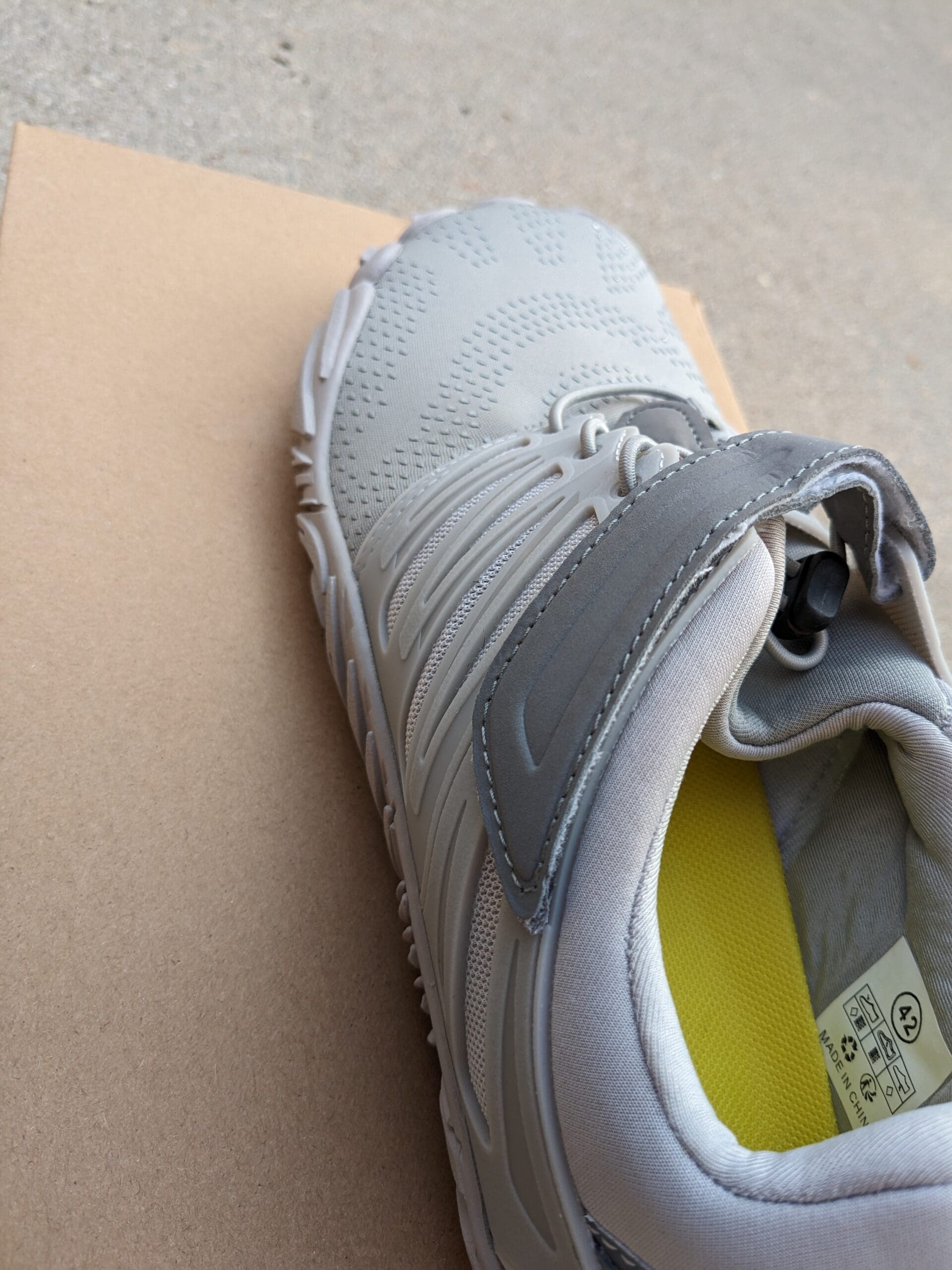
The sole is thick for a barefoot shoe but still flexible. One aspect that does work in the WHITIN barefoot shoe is flexibility. It’s not perfect, but it maintains enough flexibility to allow the foot to move and flex in all the directions you’d expect.
A sticky outsole means it’s suitable for dry trails. Although the sole could wear out quickly on the road, the rubber compound is sticky and will help you stick to rocks reasonably well. The outsole pattern doesn’t seem great for muddy conditions, but they’ll work well if you’re in drier, sandy environments.
Again, I think we’re seeing the curse of a cheaply made shoe when it comes to the fit.
It could work for a casual running shoe but don’t expect a performance-focused fit.
The lacing does not work one bit. There’s a combination of a stretchy pull cord and a Velcro strapping to lock your foot in place. First, the pull cord does nothing. You could almost remove it from the shoe. The velcro serves its purpose but is only secured towards the top of the foot. If you don’t fill out the forefoot area with the volume of your foot, you’ll find your foot swimming without the option to increase the lockdown!
A chunky heel cuff feels plush but doesn’t do its job. I think using chunky materials is a downfall in this design. It adds more variance in the fit, and when you combine this with many other stretch materials, your heel is never locked in place.

The lockdown is subpar and leads to a swimming feeling. For trail shoes, and to some extent, running shoes generally, you want some lateral secureness. When your foot tilts to odd angles when standing on uneven surfaces, you want your foot to stay firm on the sole. Overusing flexible materials and poor lacing causes too much movement within the shoe.
Ok, that’s the bad aspect. Are there any good points?
The forefoot is wide and great for new and seasoned barefoot runners. They’re wider than Xero Shoes and wider than Vivobarefoot shoes. I’d compare the fit to a Lems—a nice wide-toe box with a forgiving midfoot.
It’s not such a deep shoe, but the flexible materials are accommodating. From the pictures, the shoe may not look that deep. But trust me, because the upper material is so stretchy, you’ll have more than enough room if you have voluminous feet. That also means that our shallow-footed friends should likely avoid the model as you’ll have too much space in the shoe.
Stick true to size all round! Unlike some brands, WHITIN has its sizing optimized! In my standard size, I found just enough room at the end of the shoe and more than enough width.
Amazon.com
WHITIN Barefoot
(free returns)
This is one area where I think WHITIN is on to a winner.
For the price, I feel they’re going to last reasonably well. That’s not to say it’s without its flaws, though.
The outsole is thick enough to account for heavy wear. The rubber compound is soft. And that usually means you’ll see a high amount of wear. But at the same time, there’s a large amount of rubber on the outsole (probably why they’re heavy).

The upper, especially around the toe, is the weak spot. The material is so thin and flexible that it could rip with any snag or scuff. At the same, the shoe will still function fine with a small hole in the toe box.
That ankle collar needs a redesign! Not only does it not function as a good heel hold, but I can see it wearing through quickly, considering the large amount of spongy material used. Because the heel isn’t locked in place, it will continuously rub against the thin material, which will cause a hole fairly early on in the shoe.
As you can see. I’m pretty pessimistic about the WHITIN barefoot shoe.
- I don’t really know who it’s aimed at. Trail or Road.
- The insole is not in keeping with the barefoot style.
- The lockdown is so poor I wouldn’t take it past 5km.
This is a case where I’d say spending a little more money on the Xero Shoes HFS II (road) or the Xero Shoes Mesa Trail II would be worth it. They’re both awesome shoes, made with performance in mind.
And if you’re on a budget, and the trail features aren’t crucial, the TSLA barefoot shoe on Amazon is excellent. These were some of my first barefoot shoes, and I got 1000km before I wore a hole in the sole! They’re not the widest toe box, but it’ll be good enough for most.
Amazon.com
WHITIN Barefoot
(free returns)

